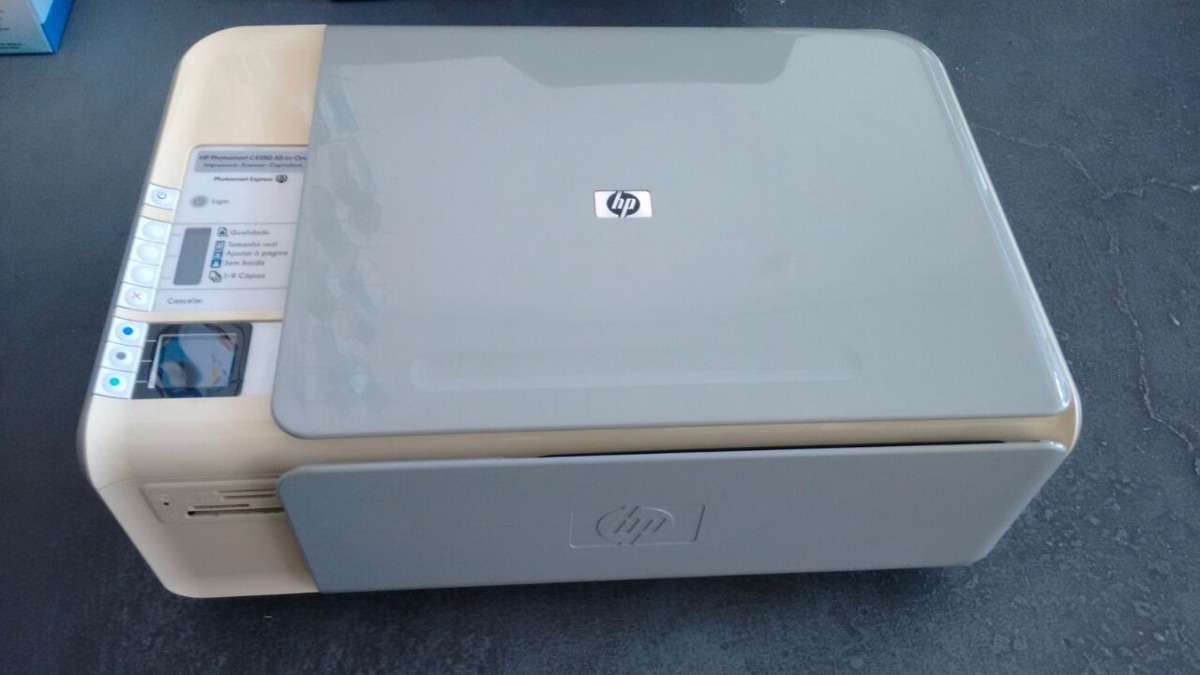- 841n Driver Download Windows 10
- 841n Driver Download Torrent
- 841n Driver Download Windows 7
- 841N Driver Download


- In accordance with the latest Movement Control Order (MCO) that runs from 13 Jan to 4 Feb 2021, kindly be informed of our business and operational updates here.
- This will help if you installed an incorrect or mismatched driver. Problems can arise when your hardware device is too old or not supported any longer. TL-WR841N Easy Setup Assistant Tool TP-LINK Easy Setup Assistant Tool TP-LINK Setup Assistant TL-WR841N TP-LINK Setup Assistant.
Explore all Samsung internal solid state drives (SSD) and filter by features, reviews & price to find the best SSD storage for your laptop or desktop.
What This Product Does
300Mbps Wireless N Router TL-WR841N is a combined wired/wireless network connection device designed specifically for small business and home office networking requirements. With 2T2R MIMO Technology, TL-WR841N creates an exceptional and advanced wireless performance, making it ideal for streaming HD video, making VoIP and online gaming. Also, Quick Setup Security (QSS) button on the sleek and fashionable exterior ensures WPA2 encryptions, preventing the network from outside intrusions.
841n Driver Download Windows 10
Wireless N Speed & Range
Complying with the IEEE 802.11n standard, TL-WR841N can establish a wireless network and get up to 15X the speed and 5X the range of conventional 11g products. Also, with transmission rates up to 300Mbps.
It shows more excellent abilities of mitigating data loss over long distances and through obstacles in a small office or a large apartment, even in a steel-and-concrete building. Above all, you could easily pick up the wireless network during long-distance connection where legacy 11g products may not! Which also means, the router has the speed to work smoothly with almost any bandwidth intensive application including VoIP, HD streaming, or online gaming, without the lag.
CCA Technology-Stable Wireless Signals

Clear Channel Assessment (CCA) automatically avoids channel conflicts using its clear channel selection feature and fully realizes the advantages of channel binding, greatly enhanced the wireless performance.
WPA / WPA2 Encryptions - Advanced Security
As for the security of WI-FI connection, WEP encryption has been no longer the strongest and safest guards for outside threats. TL-WR841N provides WPA/WPA2 encryptions (Both Personal and Enterprises) that are created by the WI-FI Alliance industry group, promoting interpretabilities and security for WLAN.
WPS - One Button Security
The TL-WR841N features Wi-Fi Protected Setup™ (WPS) that allows users to almost instantly setup their security simply by pressing the 'WPS' button automatically establishing a WPA2 secure connection, which is more security compared with WEP encryptions. Not only is this faster than normal security setups but more convenient in that you don’t need to remember a password!
IP QoS-Control Bandwidth Reasonably
Among the wireless network, indiscriminate Internet surfing and bandwidth-guzzling downloads by internal users often leave home or small office with insufficient bandwidth. TL-WR841N supports IP QoS function, allowing optimum utilization of bandwidth and offers bandwidth control over congestion, preventing the bandwidth abuse. In this way, the users of a small network receive committed and specific bandwidth, preventing non-critical applications from degrading network performance.
Easy Setup
The device comes with a CD with an Easy Setup Assistant that leads you through the setup process step-by-step, and even helps with wireless network settings and security configurations, which is convenient to the users, especially for novice users.
What's New:
- Added the support of HT40 in Korea;
- Fixed the bug that TL-WR841N transmits the DHCP request packets from the LAN port to the WAN port during the initial phase;
- Fixed the inaccurate status information of wireless statistics when the amount of clients is over 4 under PSK encryption;
- Fixed the word spelling error on the setup wizard window of the Access Control,and justify the input boxes on the left.
Instructions:
- Please verify the hardware version of your device for the firmware version. Wrong firmware upgrade may damage your device and void the warranty.
- Do NOT turn off the power during upgrade.
- Do NOT upgrade the firmware through wireless connection unless the device only has wireless connection;
- It's recommended that users stop all Internet applications on the computer, or simply disconnect Internet line from the device before upgrade.
- Use decompression software such as WinZIP or WinRAR to extract the file you download before upgrade.
- March 10, 2015
- Windows (all)
- 3.1 MB
I finally got frustrated with the wireless coverage in my house last year. I have my FiOS wireless router in the garage, because that’s where the cable comes into the house. Plus, my house is wired, so I can keep my switches, NAS, and other networking gear out of sight there. I also got frustrated that the Chromecast I have kept getting dropped from the network. Since the wireless router was over 6 years old, it was time for an upgrade.
Now I love the Verizon FiOS service, but their equipment policies stink. They want $100 to upgrade to the latest router, which uses wireless-N technology and supposedly extends the range of the wireless network. I figured there had to be a cheaper, and possibly better way.
A friend of mine recently extended his network with a TP-LINK TL-WR841N router. He suggested loading on the open source router firmware, DD-WRT. The router is $20 on Amazon, and since I like working on tech projects, I figured it was worth a shot.
I found plenty of information that helped with the loading of the firmware, but the rest of this post will detail my experience setting up the router. Below are instructions and a few photos should you want to put DD-WRT on a TP-LINK TL-WR-841N router.
Before getting started, let’s start with the contents of the box. You get a router, an AC adapter, a 3-ft cat 5 cable, and manuals. In other words, the usual stuff you’d expect. From there, if you want the short instructions on what to do, I suggest checking out this link: How I upgraded a TP-Link TL-WR841N to DD-WRT. Of all the information that I found on the internet, this link had the best information. It’s a simple 10-step guide to help you through the process, although it doesn’t have pictures and assumes a moderate level of technical proficiency. It’s also for version 8.4 of the router, and the version I bought was 9.2. When using the guide, just be careful which version of the DD-WRT firmware you download since there can be differences in chipsets between router versions.

The rest of this post will share my experience changing the default firmware on the router. By the way, any of the images below can be enlarged by clicking on them.
Step 1: Download the DD-WRT firmware
841n Driver Download Torrent
Here’s how I got the latest version of the DD-WRT firmware for router version 9.2:
- Go to the DD-WRT router database (link here), and type the model number, tl-wr841n in the search box.
- Select the link for version 8, even though the device is version 9.
- On the next screen, select ‘Other Downloads’ on the right side of the screen.
- Select the directory with the latest year (in this case, 2014) to get the latest firmware.
- Select the latest version of the firmware in the next directory tree. In my case, it was version number 12-22-2014-r25697.
- Then scroll down in the next directory tree until you find the router model number and version. In my case, it was tplink-tl-wr841ndv9.
- Download both files in the directory: factory-to-ddwrt.bin and tl-wr841nd-webflash.bin.
UPDATE: As pointed out by “pancakes” in the comments below, you may want to try the latest 2015 builds. You can get the two files by clicking here. I haven’t tried them yet on my router, but “pancakes” reports that it runs stable on the v9.
Step 2: Install DD-WRT on the router
I recommend using a laptop for the DD-WRT firmware installation, if you have one available. It’s easier to access and configure the ethernet connections.
- Disable your laptop wireless (if you’re using a wired connection on a laptop, or desktop, disconnect the cable from your computer). Take the cat 5 cable and plug one end into your laptop and the other end into one of the router’s switch ports (don’t use the blue port marked ‘WAN’).
- Plug the router in and turn it on.
- Open a command window (on Windows, click the ‘Start’ menu and type ‘cmd’ into the search box). At the prompt, enter the command ‘ipconfig /release’. Once that command is finished, type the command ‘ipconfig /renew’.
- Open a web browser and type 192.168.0.1 in the URL bar. You’ll be prompted to enter the generic password information that is provided in the router’s documentation.
- The Quick Setup screen for the router will appear. Click ‘Exit’, and then click ‘System Tools’, and ‘Firmware Upgrade’ in the left hand navigation menu.
- Click ‘Choose File’ and find the file factory-to-ddwrt.bin that you downloaded from Step 1 – Download the DD-WRT Firmware. Click ‘Upgrade’, and then ‘OK’ when the ‘Are you sure?’ dialog box pops up. Sit back and wait for the system to reboot. You will get a message the software has been successfully restarted, but the web page will not refresh. Don’t panic, continue to step 7.
- Open the command window (or open another one) and type ‘ipconfig /release’ and ‘ipconfig /renew’ again (follow the same process as step 3 above).
- Reconnect to the router as in step 4, but this time, type 192.168.1.1 into the URL bar. It’s a subtle, but very important difference. You’ll be prompted to enter a username and password to finish the setup. Make sure to write these down somewhere and keep them in a safe place – you’ll need them later, possibly as soon as the next step.
- Click on the ‘Administration’ tab. You may be asked to put in the username and password that you just created. Then go to the ‘Firmware Upgrade’ tab. Find the file tl-wr841nd-webflash.bin that you downloaded from Step 1. Click ‘Upgrade’.
- After a minute or two, the upgrade will complete and the router will reboot.
Congratulations! You have successfully flashed the TL-WR841N firmware to DD-WRT.
Step 3: Extend your network
I’m not going to go into the step-by-step details for this section. There are various ways you can use the DD-WRT software to extend your network. I chose the ‘Access Point’ method, but you may decide on a different method depending on your situation.
841n Driver Download Windows 7

841N Driver Download
If you want the detailed instructions for extending the network following the ‘Access Point’ method, I’d recommend using this helpful tutorial from the DD-WRT site.